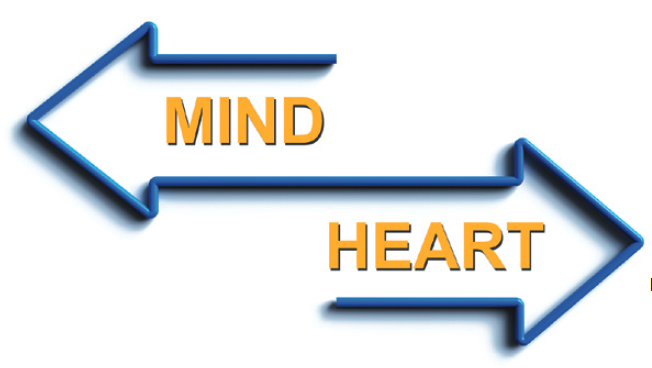Understanding Compassion
Robert Young OMS-IV Ohio University Heritage College of Osteopathic Medicine
At 5:45 PM EMS called. There was a pediatric arrest en route to the ED. The feeling in the department changed instantly. There was a flurry of calm, coordinated, and deliberate actions by the team preparing to respond to the call. Nurses discussed their roles. Respiratory brought a ventilator to the bedside. Pharmacy began drawing up pediatric doses of medications. Medics stood by, ready to take over compressions and start IVs. Residents confirmed roles while arranging the airway kit. As a student, I stood by the resident in charge of the resuscitation, and bore witness.
The room felt silent as if the sounds were dampened by the emotions in the room. Fear that any small mistake might take away any hope. Purpose, as part of the team with the goal of bringing a child back to life. Discipline, as roles and responsibilities had been practiced countless times. Resolve to do everything possible to give this child another chance at life.
Within minutes the ambulance pulled into the Emergency Department. Continuing CPR, EMS immediately began telling the story, “Two-year-old female, unwitnessed arrest at home, last seen normal 1 hour ago.” In a gust, the team went to work. Intubation, IVs, meds, and labs happened instantaneously. I stood there, watching the team work, taking it all in.
Almost as quickly as it had started, everything stopped. Asystole. At 6:27 PM a two-year-old girl was declared dead. The loss was felt throughout the department, but the team went back to work. They had other patients that needed them.
When the news was delivered to the mother her wails were heard throughout the department. I had not heard the sound of true loss and despair until that moment. I will never forget it. It is a sound that echoes deep into your soul and cuts at your foundation. She was rightfully distraught; one moment her baby was peacefully resting, the next, gone. All of the hope and potential of that young life disappeared. Even with the loss, I felt hopeful for the family. Throughout the shift, members of their community flooded into the department to show their support and love.
On rotations I have often felt like I am sinking under an ocean of knowledge that I cannot get to the surface of; weighed down by my emotions that cannot be shaken. After this child was declared dead, I realized her family would never get to see her grow up, never see what her future had in store, and never experience her love again. I felt the sadness of the loss tighten around my chest. A resident came up to me and asked how I was doing.
“Okay,” I said.
Looking unconvinced, she followed up, “Are you okay?”
At that moment, I knew I was. With her question, I knew it was okay to feel awful, to feel that loss. I knew that she felt the same. The nurses felt the same. Everyone in the department felt the same. At that moment I was also a part of the team. The team that shows concern for the well-being of each other when something terrible happens. The team that supports you, and allows you to be vulnerable. The team that I want to be on.
Not-So-Clinical Pearls is a new column in our newsletter. It focuses on using storytelling to teach lessons about the less academic side of medicine that will make us better clinicians. If you have a story to tell and a lesson that could benefit others, submit your Not-So-Clinical Pearl to davidwilson.emra@gmail.com.
Related Content


Apr 23, 2020
Premeditated Compassion
If your care saves the patient but leaves their mind wounded, have you fully cared for the patient? Adopting a practice of premeditated compassion would allow us to offer our patients empathy reflexively even as we develop the tunnel vision common to acute care situations.





